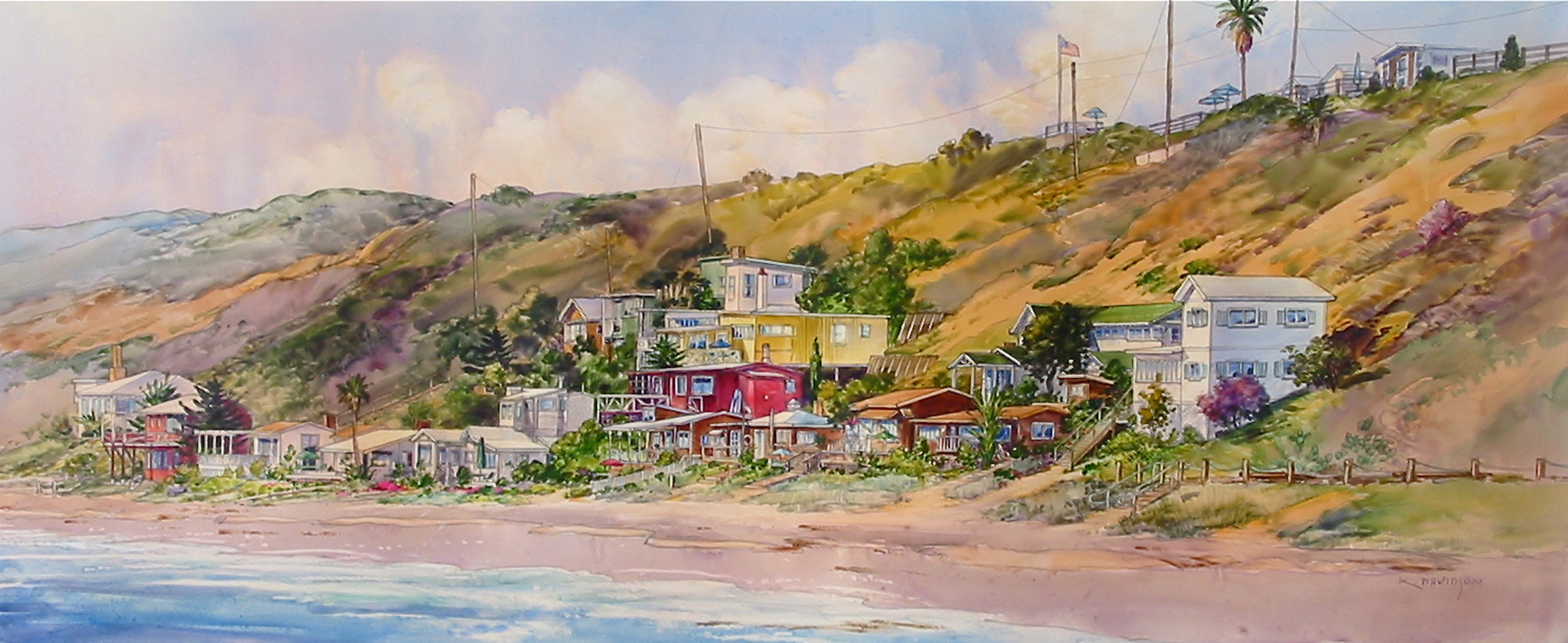Richard T. Cirelli, President, CMPS
RTC Mortgage Corporation
 When financing their home purchase, nobody likes paying for private mortgage insurance, called PMI for short. But with large down payments being a major obstacle, it enables many homebuyers to buy their new home with less than a 20 percent down payment. With record low interest rates and home prices still low too, it’s really a small price to pay in the long run.
When financing their home purchase, nobody likes paying for private mortgage insurance, called PMI for short. But with large down payments being a major obstacle, it enables many homebuyers to buy their new home with less than a 20 percent down payment. With record low interest rates and home prices still low too, it’s really a small price to pay in the long run.
PMI is required by conventional lenders whenever the down payment is less than 20 percent. The purpose of the insurance is to insure the lender against default by the buyer or homeowner. The PMI is a requirement of all conventional loans originated by banks and non-bank lenders for sale to the two government agencies known as Fannie Mae and Freddie Mac. Nearly all conventional loans are sold to these agencies regardless of the originating lender. In general, PMI is available on loan amounts up to the Fannie Mae/Freddie Mac limit of $625,500.
How Much Does It Cost?
The cost of the PMI varies according to the amount of the down payment, the borrower’s credit scores, the loan amount and other factors. The range of cost is usually 0.375 percent to 1.00 percent of the loan amount, paid on a monthly basis. Loans made to 95 percent of value will be at the higher end of the range and loans at 85 percent or 90 percent of value are at the lower range. AS an example, the cost of PMI on a $400,000 loan with 10 percent to a homebuyer with good credit would be about 0.5 percent or $167 per month. Costs do vary slightly among the companies that offer the insurance. The lender chooses the PMI company.
Can I Cancel PMI?
The Homeowners Protection Act of 1999, also known as the PMI Cancellation Act enables homeowners to remove PMI when certain conditions have been met. Once a borrower’s principal balance reaches 80 percent of the original value, the borrower can request that the PMI be removed.



